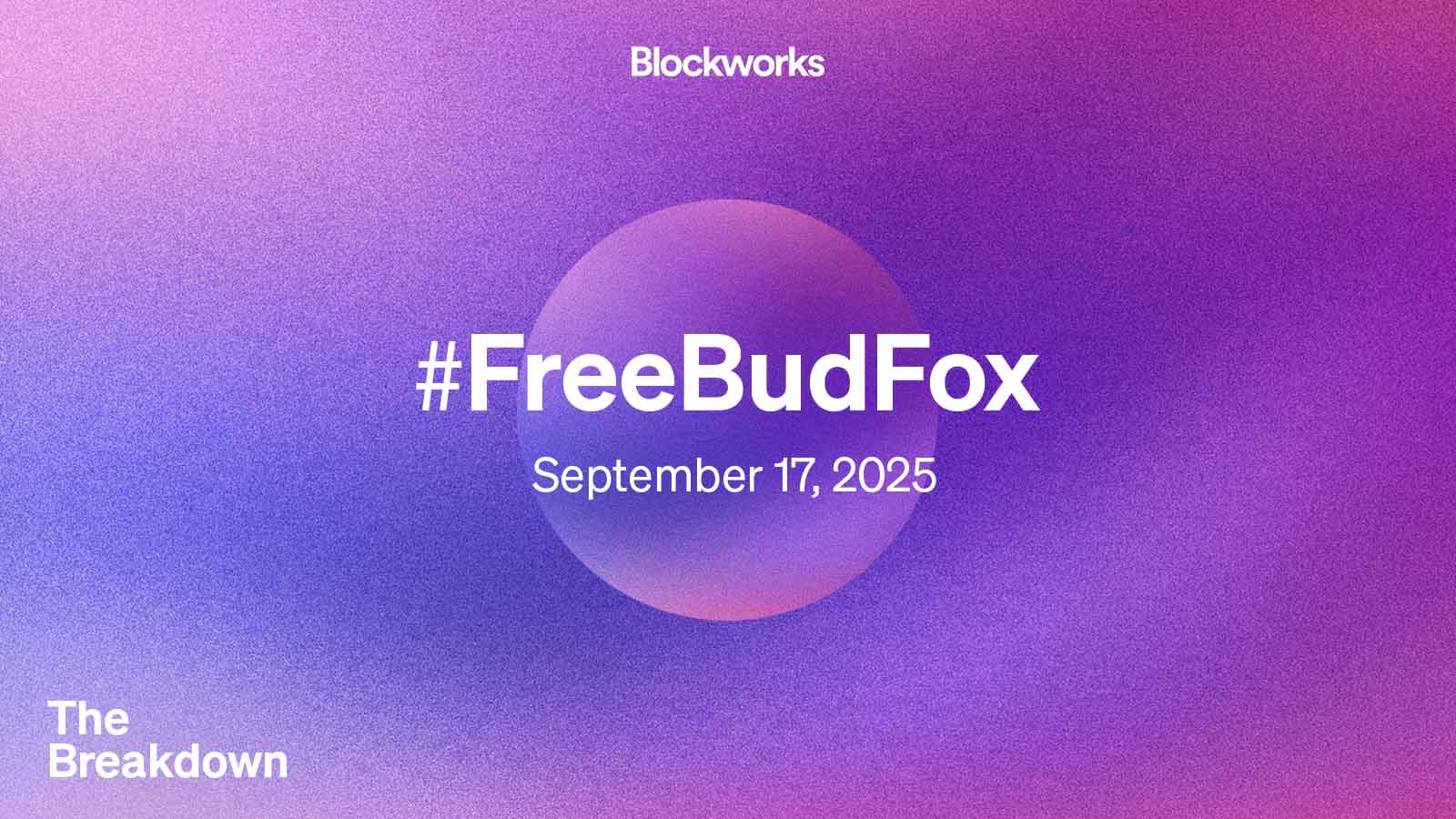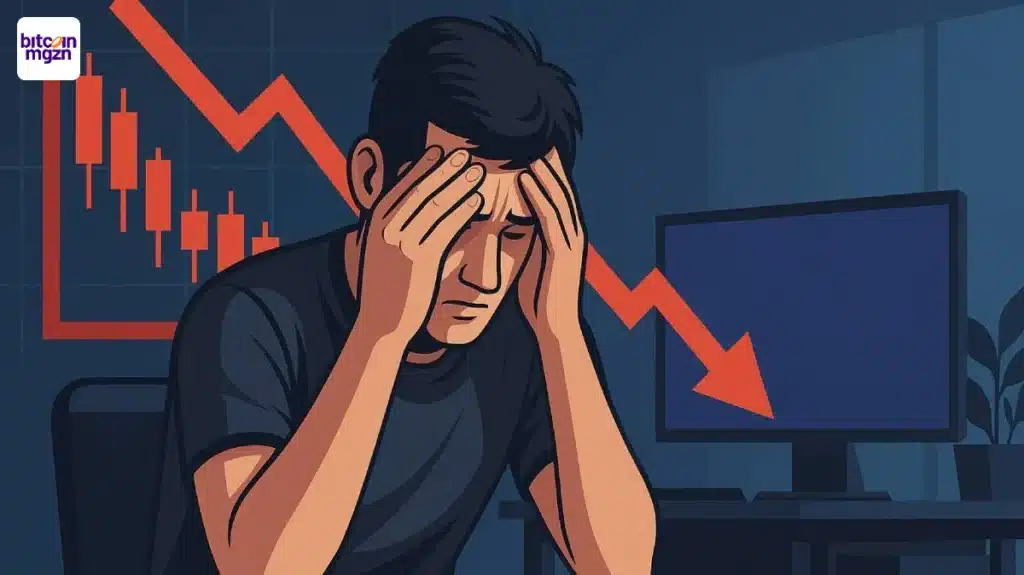Solana Saga was shut down just two years after its release. Can Seeker, which has fully switched to Solana, avoid repeating the same mistakes?
By Frank, PANews
Solana Saga, the Web3 mobile phone once highly anticipated by the industry, saw its technical support terminated just two years after its release. It went from being largely ignored to a buying frenzy sparked by its airdrop, and then to its abrupt closure, rendering the devices of 20,000 early adopters practically "electronic bricks."
Saga's dramatic turnaround has sparked widespread concern and profound questions across the industry: Is the encrypted phone a false proposition? Was Saga's brief but brilliant lifespan a costly failed experiment, or did it illuminate a nontraditional path to success for those who followed? These questions have become even more pressing as Solana Mobile transitions fully to its second-generation product, Seeker.
Solana Mobile's End of Support Announced After Only Two Years: Multiple Considerations Behind the Scenes
The Saga's abrupt end was surprising.
Traditional mobile phone manufacturers typically provide technical support for a phone for 5-7 years. However, Saga's support ended after only two years. The main reason behind this may reveal the significant operational differences between smart hardware products and general Web3 projects.
From a business perspective, the Saga project itself was almost destined to be a financial loss. Saga phones sold approximately 20,000 units, far short of their target of 50,000, and could not even cover the R&D, production, and marketing costs of the high-end hardware. Even niche models from traditional mobile phone manufacturers typically require shipments of hundreds of thousands of units to maintain their operations. Providing long-term support for an old product line with only 20,000 users was a heavy financial burden.
To make matters worse, Saga's hardware partner, OSOM, went bankrupt in September 2024, making long-term firmware and driver updates nearly impossible. Therefore, abandoning Saga became a rational, even inevitable, business decision for Solana Mobile. They chose to cut losses and focus their limited resources on projects with a greater chance of success.
From a hardware perspective, the Saga itself is a well-equipped, high-end Android phone. Compared to ordinary phones, its built-in security design and dApp applications truly address the pain points of transaction security and dApp access for heavy crypto users. However, Saga's failure demonstrates that these "product strengths" aren't enough to convince users to pay a $1,000 premium, as the vast majority of Web3 tasks can be accomplished on ordinary phones, albeit with a slightly different experience.
The most immediate threat is a dramatic increase in security risks. As new security vulnerabilities are discovered, the Saga phone will become increasingly vulnerable to hacker attacks. This is undoubtedly fatal for a device designed to securely handle crypto assets. Secondly, there's the issue of "diminishing utility." As the Android operating system and dApps continue to evolve, Saga may be unable to run new versions of apps, ultimately leading to potential app failures and functional issues.
Furthermore, Saga's past sales success wasn't due to the market rediscovering its strength as a mobile phone, but rather its value as a financial arbitrage tool. However, this model is unsustainable and fraught with risk. It attracts speculators seeking short-term profits, not genuine users loyal to the product and ecosystem. Once airdrop expectations fade or the market cools, this demand will quickly evaporate.
As the most important hardware device in today's society, mobile phones are used in many more scenarios than just airdrops and crypto-currency activities. This is also the main reason why Saga can be sold but no one seems to be using it.
However, the direct consequences of this business decision are borne by those 20,000 Saga users. Solana Mobile announced that it would stop all software updates and security patches, which means that these devices will be permanently stuck on the last security version in November 2024.
Surprisingly, there was little noticeable user reaction on social media regarding the support suspension announcement. Solana Mobile also remained silent following media reports, only increasing the frequency of reposts related to Seeker activity. This suggests that Saga's actual active user base may be significantly lower than the percentage of users who received the airdrop.
From no one interested to hard to get one, the luxury airdrop brought a sales reversal
Looking back at the life cycle of Solana Saga, it is like a roller coaster ride.
In May 2023, the Saga phone officially launched, priced at $1,000, directly competing with flagship models from Apple and Samsung. Solana Mobile's original goal was to create a native Web3 device for crypto users and developers, disrupting the Apple-Google duopoly through hardware-level security (seed vault) and an uncensorable dApp store. However, this grand narrative failed to impress consumers.
Upon its launch, the Saga phone received a lukewarm market response. By early December 2023, more than six months after its release, Saga sales had hovered between 2,200 and 2,500 units, a far cry from the "developer ecosystem critical mass" of 25,000 to 50,000 units set by Solana co-founder Anatoly Yakovenko. To mitigate the decline, Solana Mobile slashed its price by 40% to $599 in August of the same year, but this move still failed to effectively stimulate demand. The mainstream tech community was even more ruthless, with renowned reviewer Marquis Brownlee (MKBHD) declaring it the "Most Failed Smartphone of 2023," a title that accurately summed up Saga's predicament.
Just as Saga was about to be forgotten by the market, an unexpected catalyst completely reversed the situation: the MEME coin BONK. Every Saga phone came with an airdrop of 30 million BONK tokens. Initially, the value of this airdrop was negligible. However, with the full recovery of the Solana ecosystem by the end of 2023, the price of BONK soared exponentially.
By mid-December 2023, the airdrop was worth over $1,000, far more than the phone's then-current selling price of $599. A clear arbitrage opportunity emerged: buy the phone, claim the airdrop, and reap an instant profit. The news spread virally on social media, and Saga's narrative instantly transformed from a failed tech product into a sought-after financial tool.
Sales skyrocketed. In just 48 hours, Saga sales increased more than tenfold, and the phone quickly sold out in the US and Europe. A frenzied secondary market sprang up, with brand-new, unopened Saga phones fetching as much as $5,000 on platforms like eBay, more than eight times their retail price. The Saga became more than just a phone; it became a ticket to a potential future fortune from airdrops.
The unexpected sell-out of the Saga offered Solana Mobile a new strategy: leveraging the potential for an airdrop to significantly stimulate market demand. They quickly seized the opportunity, announcing the release of their second-generation phone, "Chapter 2" (later renamed Seeker), in January 2024, just one month after the Saga sold out. As mentioned earlier, the Seeker capitalized on the lessons of the Saga: its price was significantly reduced to $450-500, with hardware more in line with mid-range pricing, targeting a broader mass market.
The market response was explosive. Driven by strong anticipation for future airdrops, Seeker secured over 60,000 pre-orders within the first three weeks of pre-orders, ultimately exceeding 150,000, generating an estimated $67.5 million in revenue. Even before the phone shipped, the value of the $MEW and $MANEKI tokens airdropped to pre-order holders exceeded the phone's purchase price. In this sense, Saga served as a pathfinder, helping the second-generation product, Seeker, build an ecosystem of over 100,000 users and establish a sales strategy driven by airdrops.
However, for the more than 150,000 Seeker pre-order holders, will their devices face the same fate as Saga in two years?
Can a full shift to second-generation Seeker devices solve the Web3 mobile dilemma?
Saga's experience forces us to re-examine the core proposition of Web3 mobile phones. Is it an innovation with real product power, or a "pseudo-demand" that relies on external incentives to survive?
As a second-generation model, Seeker is attempting to avoid repeating the same mistakes. After discontinuing support for Saga, Solana Mobile has fully transitioned to the second-generation Seeker, a more affordable phone that also focuses on encryption. Starting at $500, it's half the price of the Saga, with a $50 discount for early pre-orders. Besides being more affordable, Seeker inherits some of the features of its predecessor while also undergoing hardware upgrades and adding several new user-friendly features, such as SeekerID and a revamped decentralized app store.
Notably, Seeker also plans to launch its native ecosystem token, SKR, to incentivize developers and users, driving ecosystem development and achieving better alignment. While specific details of the token have yet to be released, officials have stated that it will be distributed directly to developers and users. Furthermore, Seeker is also strengthening its incentive program by linking other apps within the mobile ecosystem with activities.
For example, Seeker and its Backpack wallet app launched a promotion offering waived transaction fees for the first $1,000 spent on Seeker mobile phones. On October 23rd, Moonbirds also launched a Seeker X Moonbirds SBT airdrop specifically for Seeker. Official data indicates that over 160 applications have been built within the Seeker ecosystem.
But can this ecosystem truly change the current situation where users buy but don't use? The outcome remains uncertain. While Saga, the first product in the Solana mobile narrative, has successfully established a marketing model, it also exposes a core question: Is the core competitiveness of Web3 mobile phones commodity-based or financial? If it's just an airdrop ticket, are the heavy operating costs required of a mobile phone product truly necessary? If a Web3 mobile phone wants to remain competitive despite the airdrop expectations, what should be its core selling point in such a mature mobile phone market?
Today, the market situation of the second-generation Seeker is much better than that of the Saga, but until these key issues are resolved, the fate of the Saga seems likely to repeat itself.
You May Also Like

Let insiders trade – Blockworks

Deze veelbelovende altcoin stopt er uit het niets volledig mee
